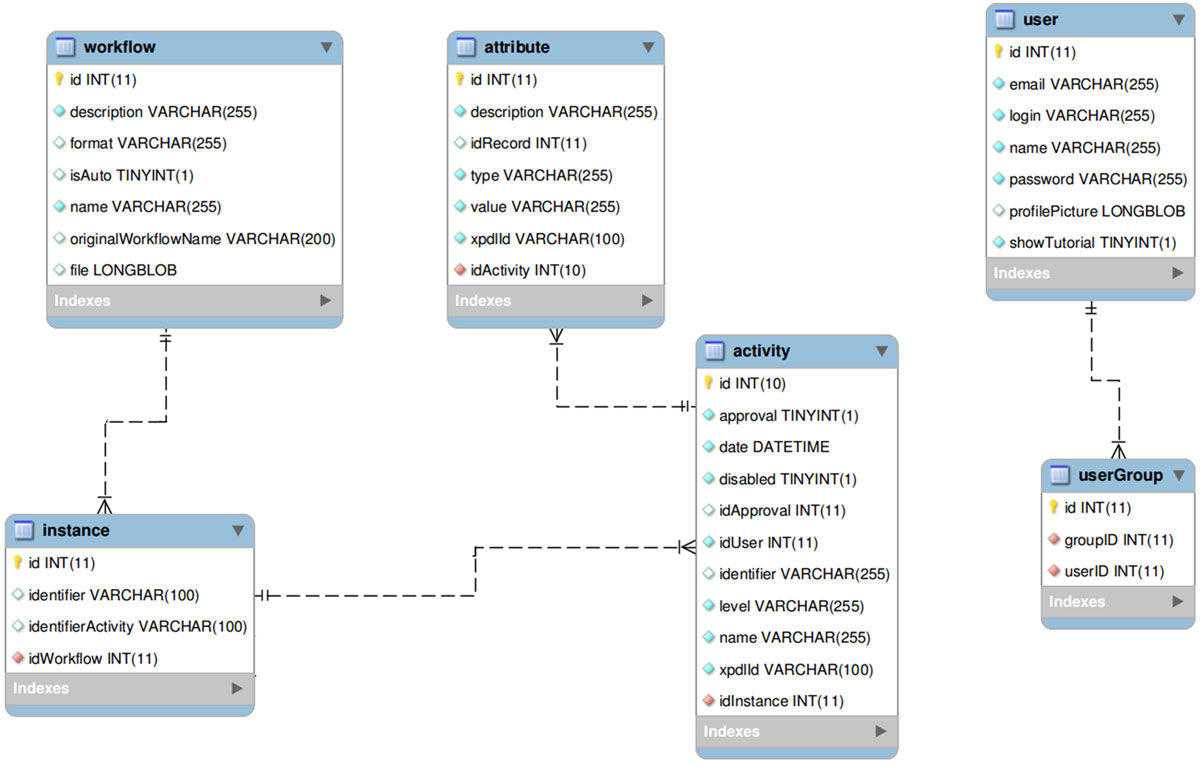Difference between revisions of "Template:Article of the week"
Shawndouglas (talk | contribs) (Forgot text) |
Shawndouglas (talk | contribs) (Updated article of the week text.) |
||
| Line 1: | Line 1: | ||
<div style="float: left; margin: 0.5em 0.9em 0.4em 0em;">[[File:Fig1 | <div style="float: left; margin: 0.5em 0.9em 0.4em 0em;">[[File:Fig1 Faria-Campos BMCBioinformatics2015 16-S19.jpg|240px]]</div> | ||
'''"[[Journal: | '''"[[Journal:FluxCTTX: A LIMS-based tool for management and analysis of cytotoxicity assays data|FluxCTTX: A LIMS-based tool for management and analysis of cytotoxicity assays data]]"''' | ||
Cytotoxicity assays have been used by researchers to screen for cytotoxicity in compound libraries. Researchers can either look for cytotoxic compounds or screen "hits" from initial high-throughput drug screens for unwanted cytotoxic effects before investing in their development as a pharmaceutical. These assays may be used as an alternative to animal experimentation and are becoming increasingly important in modern laboratories. However, the execution of these assays in large-scale and different laboratories requires, among other things, the management of protocols, reagents, and cell lines used, as well as the data produced, which can be a challenge. The management of all this information is greatly improved by the utilization of computational tools to save time and guarantee quality. However, a tool that performs this task designed specifically for cytotoxicity assays is not yet available. | |||
In this work, we have used a workflow based LIMS — [[Satya Sistemas Ltda.#Flux2|the Flux system]] — and the Together Workflow Editor as a framework to develop FluxCTTX, a tool for management of data from cytotoxicity assays performed at different laboratories. ('''[[Journal:FluxCTTX: A LIMS-based tool for management and analysis of cytotoxicity assays data|Full article...]]''')<br /> | |||
<br /> | <br /> | ||
''Recently featured'': | ''Recently featured'': | ||
: ▪ [[Journal:Bioinformatics: Indispensable, yet hidden in plain sight|Bioinformatics: Indispensable, yet hidden in plain sight]] | |||
: ▪ [[Journal:Electronic lab notebooks: Can they replace paper|Electronic lab notebooks: Can they replace paper?]] | : ▪ [[Journal:Electronic lab notebooks: Can they replace paper|Electronic lab notebooks: Can they replace paper?]] | ||
: ▪ [[Journal:Earth science data analytics: Definitions, techniques and skills|Earth science data analytics: Definitions, techniques and skills]] | : ▪ [[Journal:Earth science data analytics: Definitions, techniques and skills|Earth science data analytics: Definitions, techniques and skills]] | ||
Revision as of 15:20, 26 September 2017
"FluxCTTX: A LIMS-based tool for management and analysis of cytotoxicity assays data"
Cytotoxicity assays have been used by researchers to screen for cytotoxicity in compound libraries. Researchers can either look for cytotoxic compounds or screen "hits" from initial high-throughput drug screens for unwanted cytotoxic effects before investing in their development as a pharmaceutical. These assays may be used as an alternative to animal experimentation and are becoming increasingly important in modern laboratories. However, the execution of these assays in large-scale and different laboratories requires, among other things, the management of protocols, reagents, and cell lines used, as well as the data produced, which can be a challenge. The management of all this information is greatly improved by the utilization of computational tools to save time and guarantee quality. However, a tool that performs this task designed specifically for cytotoxicity assays is not yet available.
In this work, we have used a workflow based LIMS — the Flux system — and the Together Workflow Editor as a framework to develop FluxCTTX, a tool for management of data from cytotoxicity assays performed at different laboratories. (Full article...)
Recently featured:










